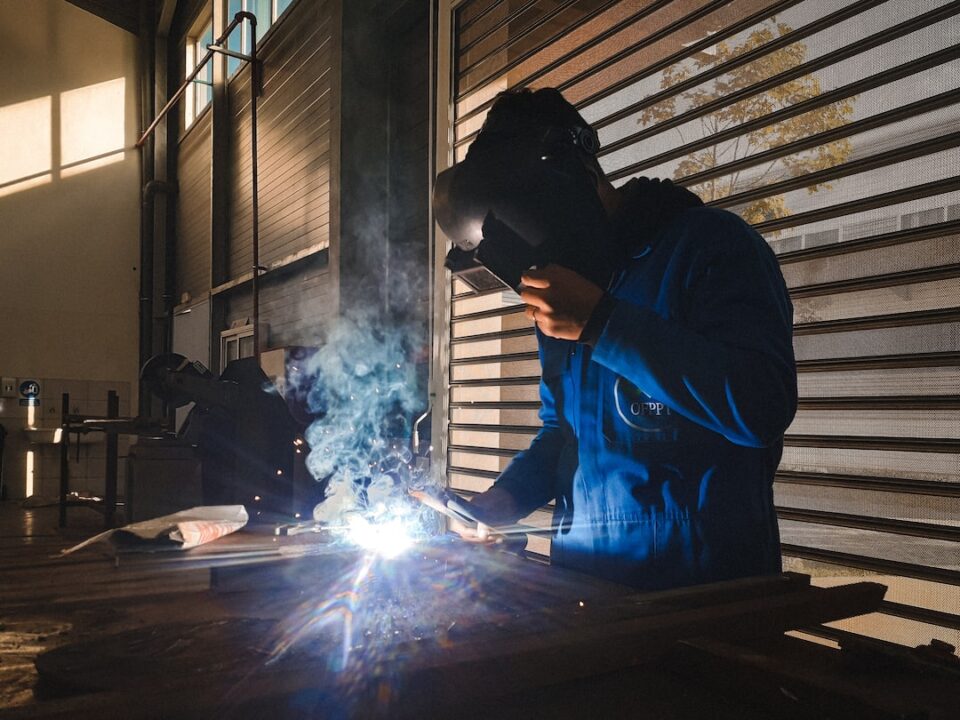The Role of Virtual Reality in Streamlining Manufacturing Processes
Virtual Reality (VR) has become an increasingly popular technology in various industries, and one area where it has shown immense potential is in streamlining manufacturing processes. The integration of VR technology in manufacturing has led to significant improvements in efficiency, productivity, and overall cost-effectiveness. In this blog post, we will explore the role of virtual reality in revolutionizing manufacturing processes.
One of the significant benefits of VR in manufacturing is the ability to create virtual prototypes. Traditionally, designing and testing prototypes involved physical models, which were time-consuming and costly. With VR, engineers can now create virtual prototypes, allowing them to test and modify designs in a virtual environment before investing in physical prototypes. This not only saves time and resources but also enables faster iterations and improvements, ultimately leading to enhanced product quality.
Furthermore, VR technology enables manufacturers to simulate and optimize assembly processes. By utilizing virtual reality, workers can train and familiarize themselves with complex assembly procedures without the need for physical equipment. This ensures that employees are well-prepared and reduces the risk of errors or accidents during the actual assembly process. Additionally, virtual reality can simulate real-world scenarios, such as factory layouts, equipment placement, and workflow optimization, allowing manufacturers to identify inefficiencies and make necessary adjustments before implementing them in the physical environment.
Another area where VR has proven to be valuable is in remote collaboration and communication. Manufacturing processes often involve teams that are spread across different locations, making communication and coordination challenging. However, with VR, teams can virtually collaborate in real-time, regardless of their physical location. This allows for seamless communication, reducing delays and improving decision-making. Whether it’s conducting virtual meetings, reviewing designs, or providing remote support, VR enables efficient collaboration, thereby streamlining the manufacturing process.
Additionally, VR can enhance worker productivity and safety. Manufacturing environments can be hazardous, and training employees on safety protocols can be time-consuming and risky. VR technology offers a safe and controlled way to simulate dangerous scenarios, providing workers with hands-on experience without the actual risks. By immersing employees in virtual environments, they can learn and practice safety procedures, minimizing the chance of accidents and injuries. Moreover, VR can be used in training programs to improve worker productivity by providing interactive and engaging learning experiences. This enables employees to gain hands-on experience and develop skills in a more efficient manner.
Furthermore, virtual reality can play a crucial role in quality control and inspection processes. Traditional methods of inspection involved manual assessments and measurements, which were susceptible to human errors. By implementing VR technology, manufacturers can conduct virtual inspections on products before they are physically produced. This allows for early detection of potential defects or flaws, reducing the risk of faulty products reaching the market. Moreover, virtual reality enables detailed and accurate inspections, leading to improved quality control and customer satisfaction.
In conclusion, virtual reality has proven to be a game-changer in streamlining manufacturing processes. By providing virtual prototypes, facilitating remote collaboration, enhancing worker safety and productivity, and improving quality control procedures, VR technology has revolutionized the manufacturing industry. The implementation of VR not only saves time and resources but also leads to enhanced product quality, increased productivity, and improved overall cost-effectiveness. As the technology continues to advance, we can expect to see further integration of virtual reality in various manufacturing processes, taking efficiency and innovation to new heights.

